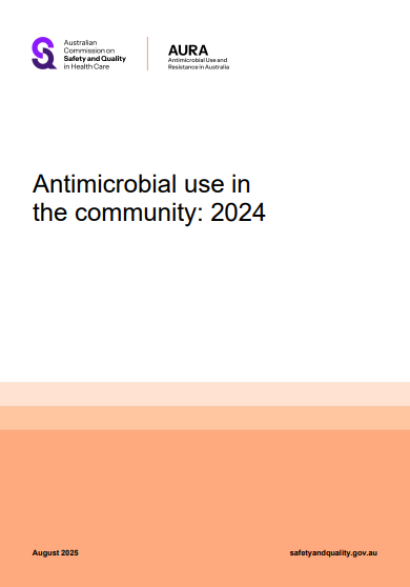New resources are now available to support health services and assessor agencies with implementation and assessment to the National Clinical Trials Governance Framework (NCTGF).
The Commission has developed guidance and resources for the clinical care components of the strengthened Aged Care Quality Standards. The resources produced by the Commission support the continuous improvement of the safety and quality of clinical care for older people.
The Commission has developed guidance and resources for the clinical care components of the strengthened Aged Care Quality Standards. The resources produced by the Commission support the continuous improvement of the safety and quality of clinical care for older people.
On the Radar Issue 702 is now available.
On the Radar Issue 703 is now available.
On the Radar Issue 704 is now available.
On the Radar Issue 705 is now available.
This fact sheet provides guidance to health service organisations accredited to the National Safety and Quality Health Service (NSQHS) Standards, on requirements for out-of-cycle assessments when there are material changes that could increase risks of patient harm.
This issue includes items on the Australian National Report from the OECD-led Patient-Reported Indicator Survey (PaRIS), clinical care standards, patient safety, artificial intelligence (AI), clinical deterioration, mental health, feedback and audit, sustainability and more.. Along with the latest from International Journal for Quality in Health Care, BMJ Quality & Safety, Health Policy and the USA’s AHRQ and National Academy of Medicine.
This report provides analyses of antimicrobials supplied under the Pharmaceutical Benefits Scheme and Repatriation Pharmaceutical Benefits Scheme (PBS/RPBS) from 2015 to 2024, and features use in aged care and by local area.
Local area data for Statistical Area Level 3 (SA3) and Primary Health Networks (PHN) are presented in Appendix 2 of the report, below.
Released August 2025


